COMPLEX SIMULATION
COMPLEX SIMULATION OF PEOPLE
IN PUBLIC AND PRIVATE SPACES
REQUIREMENT
How can we improve the efficiency of public spaces and make them safer without compromising the customer experience or making a business operationally unviable?
CHALLENGE
Capturing the complexity of how people interact with each other and the environment, and using the right data to enable this.
SOLUTION
Using model agents to represent people we developed a simulation of the complex interactions and discovered the optimum for the businesses and people involved in the environment.
General Capability
Improving the efficiency of public spaces, whilst keeping them safe
There are many reasons to understand how people interact with complex environments and systems, such as: transport hubs (stations, airports, etc), retail spaces (shopping centres and individual shops), and others (restaurants, banks and work places from factories to offices, etc.). This includes improving the efficiency of such environment and systems and making them safer and more secure without compromising the customer experience or making a business operationally unviable. This has never been more important than with the current COVID-19 pandemic gripping the world and the need for people and businesses to adapt how they go about things for everyone’s safety and wellbeing.
Complex interactions between people and the environment
With simulation we can investigate these problems and solutions, using model agents to represent people. However, the modelling demands are complex and challenging. There are many people interacting within the environment. Each have things they are aiming to do, and they have to deal with systems and other people. This results in them carrying a series of actions that adapt based on circumstances, and highly complex patterns may emerge.
Developing a new bespoke model every time is expensive and time consuming. Instead we need to work out ways to efficiently reuse capabilities without making them so general that they are not useful.
Another challenge can be getting detailed data to provide the fine level of control we would ideally need to ensure the model agents behave realistically.
Simulation modelling allows us to capture real-world complexity
It is possible to overcome these challenges and develop great models that provide real insights. We have done this for numerous applications, including: evaluating new airport security measures, optimising the design and operation of McDonald’s restaurants, and measuring the effectiveness of medical evacuation planning in military operations. Different modelling approaches – agent-based modelling, discrete event simulation and system dynamics – are each better suited to different types of problems but combining them means that we can get the best of each of them. By developing it as a cost-effectiveness tool or a value stream model, we can probe the solution in many ways to answer the problem. The cost or value doesn’t always need to be money – it could be resources, time or some operational measure. We can also use sensitivity analysis techniques to determine which parameters impact the result most and so focus any data gathering.
Understand the problem – model the solution
We start by developing an understanding of the problem and the question that needs to be answered. What are the agents? What are their aims and how will they achieve this? What are the controls and constraints? What do we need to measure? We can then design the overall structure and the elements of the model. We try to make the modelling components we develop reusable and adaptable and build them up into software libraries. These can then be applied to many different problems, and we also exploit and enhance in-built modelling components: we’ve turned a basic pedestrian model into a security officer and also a sniffer dog. We also build in extra features such as distance tracking algorithms and flow-control, which could really be relevant with investigating distancing in workplaces and social areas.
A flexible tool, solving new operational demands under COVID-19 and more
We’ve developed a modelling approach that is powerful and flexible. It is a toolbox of reusable components – modelling, visual and experimentation – that can be adapted and applied to many problems. The potential is limitless and the application is highly practical. It can help answer business and operational questions. This includes how businesses can adapt to address the new operational demands under COVID-19.


